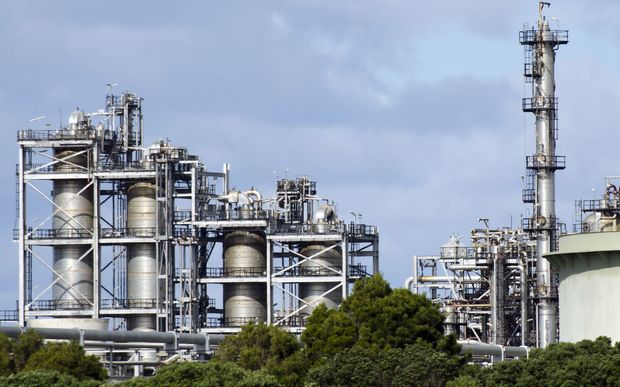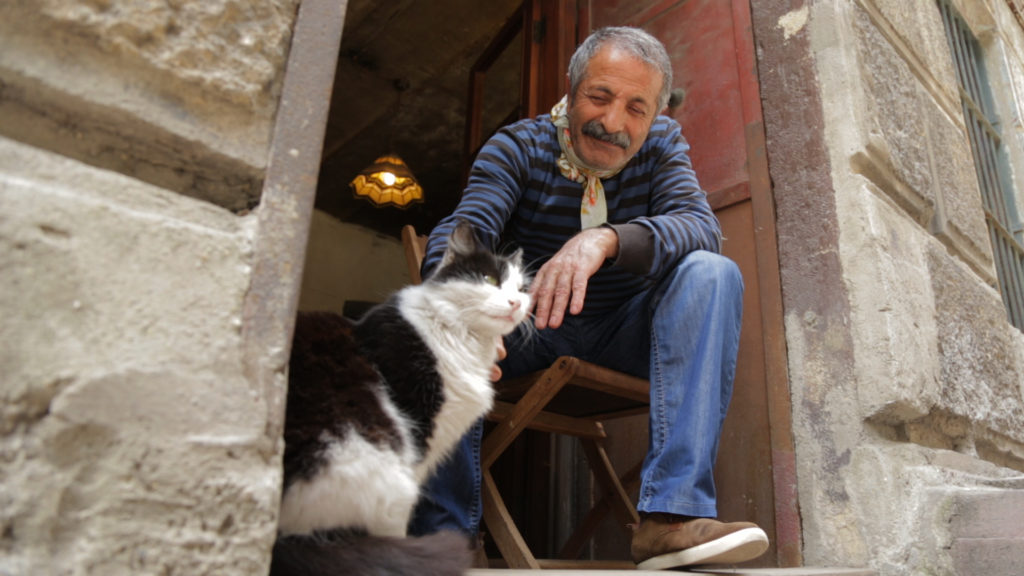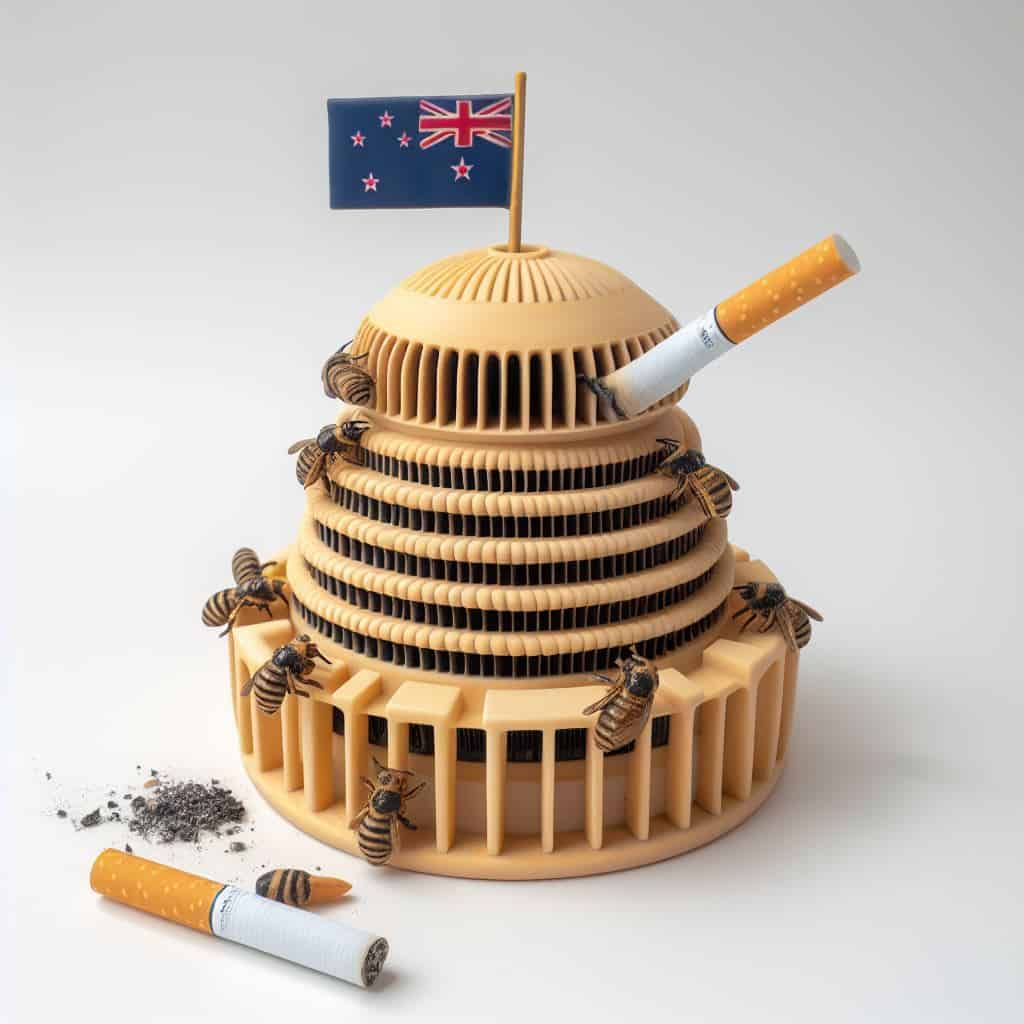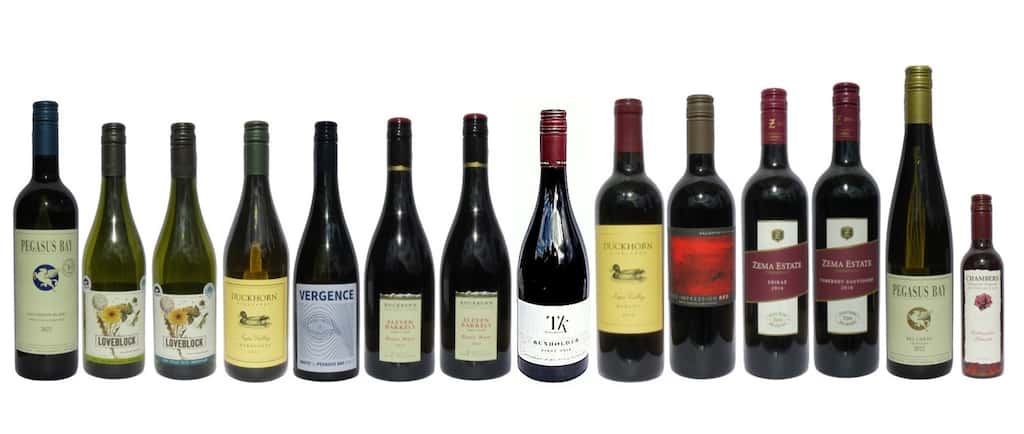ANDREW JOHNSTONE grew up in a farming community in the Waikato and knows a thing or two about water pollution.
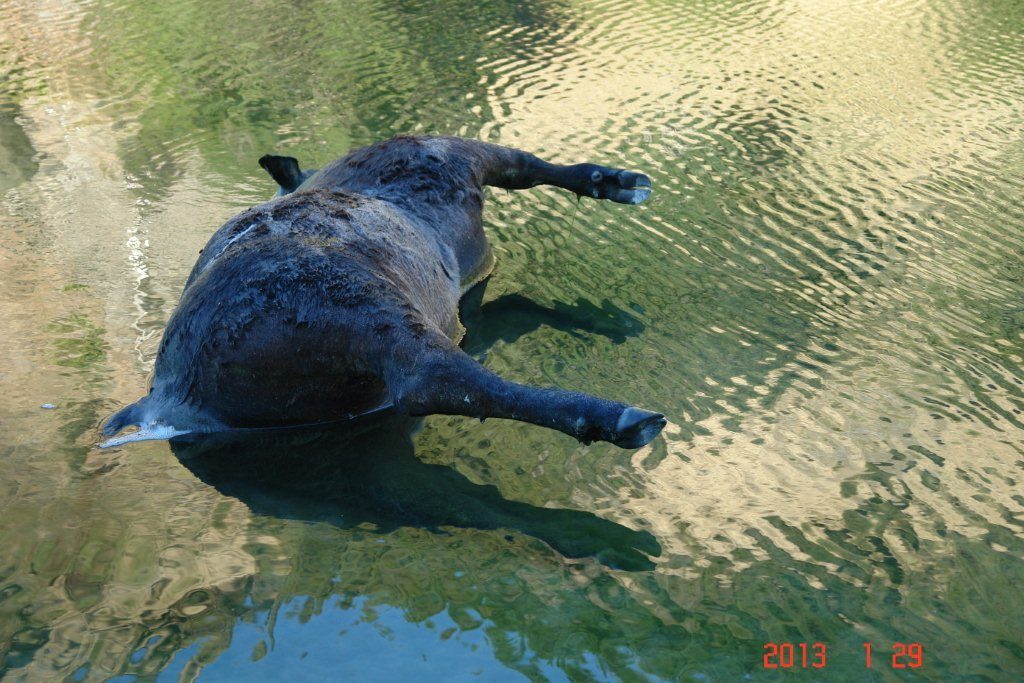 Every day through 1956 Hamilton dumped three million gallons of trade waste and sewerage into the Waikato River. Add in the numerous towns and villages up and down the line – the Kinleath pulp and paper mill, the Horotiu freezing works, numerous dairy factories and thousands of farms – and you have quite a thing going on.
Every day through 1956 Hamilton dumped three million gallons of trade waste and sewerage into the Waikato River. Add in the numerous towns and villages up and down the line – the Kinleath pulp and paper mill, the Horotiu freezing works, numerous dairy factories and thousands of farms – and you have quite a thing going on.
This went on for the best part of 100 years, but in the 1970s people started waking up to the reality of the situation. The river was a disaster zone and radical change was required.
It wasn’t easy. Change never is. There was resistance and indifference as well as a lot of lollygagging, but we got there. Attitudes shifted and now no one in their right mind would consider misusing the river as flagrantly as our recent forbears. These days, the nation’s most important river is doing okay but for a few persistent problems, namely invasive species, urban runoff, nutrient leaching and turbidity.
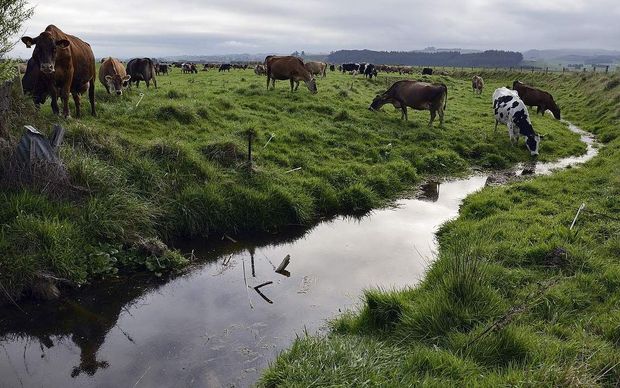 The river begins at Lake Taupo in the Central North Island and finishes at Port Waikato, just south of Auckland. Along its 400km journey it takes in some of the most intensively farmed land in the country. The Waikato is home to half the nation’s maize crop, two million dairy cows, half a million beef cattle, a few hundred thousand people and about as many sheep.
The river begins at Lake Taupo in the Central North Island and finishes at Port Waikato, just south of Auckland. Along its 400km journey it takes in some of the most intensively farmed land in the country. The Waikato is home to half the nation’s maize crop, two million dairy cows, half a million beef cattle, a few hundred thousand people and about as many sheep.
On this particular morning I am walking the Te Awa trail between the Waikato Velodrome and the town of Cambridge. The sun is just breaking through and I am looking down on the deep jagged waters of the mighty Waikato and thinking it looks magnificent.
Along the way the trail passes over several river-bound drains pulling excess water off the lush dairy land. They are fenced off from the cattle, the water is running fast and clear and the channels are redolent in cress. I feel heartened because I grew up around here and can remember a time when these drains were ripe with waste. Now they look almost pristine.
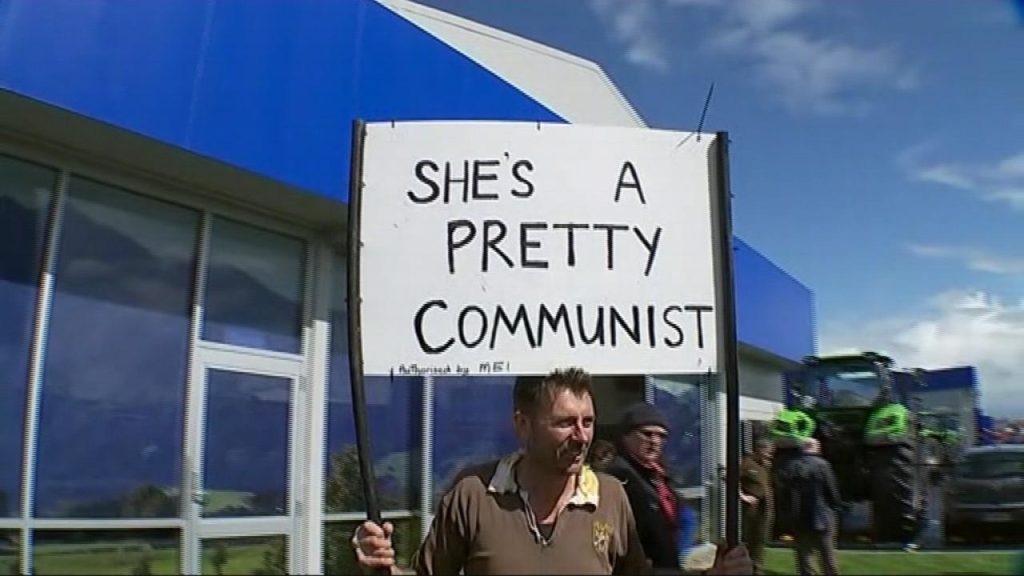 But as I was about to discover, it’s an illusion.
But as I was about to discover, it’s an illusion.
Environment Waikato’s website tells the actual story: maximum levels of E-Coli, Nitrogen, Phosphorus; the result of intensive land use and the Waikato’s last great water problem. As I write this we are five days out from an election and yesterday (18th September) 500 angry and upset farmers gathered in the Eastern Waikato town of Morrinsville, protesting the prospect of a change of government and a tighter water regime.
An innovative and resourceful industry, NZ dairy is a world leader, but as Morrinsville demonstrated, not when it comes to the environment. That there are some caring and responsible farmers out there is a given, but as infringement and prosecution statistics show they are not the majority. According to official figures it seems most farmers are indifferent to their impact on the region’s waterways and many more than a few are in complete denial.
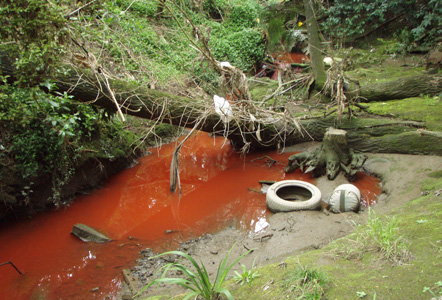 As for the Morrinsville protests, all they served to do was reinforce the general opinion that farmers are entitled, arrogant and unwilling to face the facts about their environmental record. Yesterday we saw Morrinsville farmers engaged in deflection (“What about townies and their pollution?”) with nary a word addressing the actuality of the situation: that the waterways of the Paiko district are a national disgrace.
As for the Morrinsville protests, all they served to do was reinforce the general opinion that farmers are entitled, arrogant and unwilling to face the facts about their environmental record. Yesterday we saw Morrinsville farmers engaged in deflection (“What about townies and their pollution?”) with nary a word addressing the actuality of the situation: that the waterways of the Paiko district are a national disgrace.
Kiwis are keen to see some real progress on our waterways, but as we ask our farmers and growers to imagine water in a new way, urban NZ must be prepared to stand up and take stock as well. Water technologies that recycle grey water back into the system – taking pressure of aquifers and reservoirs – are a good start.
And then there’s the contaminated water that runs off our streets and into our harbours, rivers, streams and estuaries; the E-Coli, the cigarette butts, lead, zinc and rubber from tyres, oil and other hydrocarbons, not to forget the inadequate sewage treatment systems leaking tainted water back into the environment.
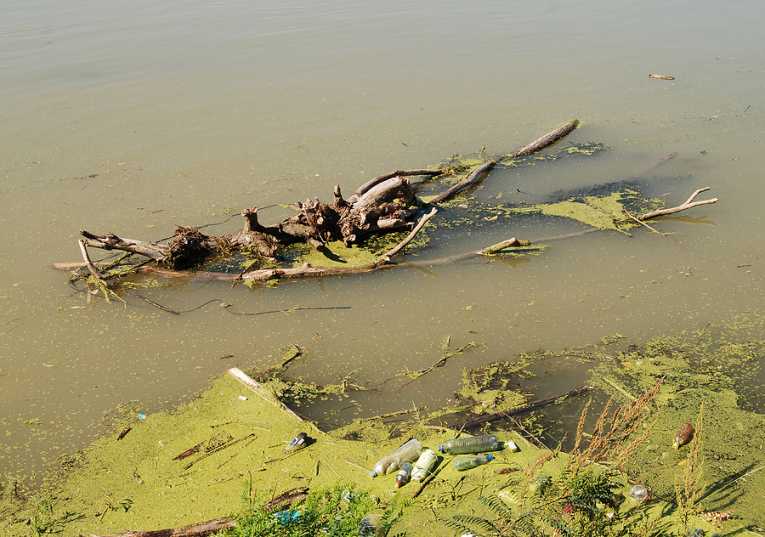 There are ways of cleaning that water if the community is prepared to make the investment, just as there are methods farmers can mitigate the nutrient leaching and soil displacement (this latter one is mostly responsible for the region’s problems with water turbidity).
There are ways of cleaning that water if the community is prepared to make the investment, just as there are methods farmers can mitigate the nutrient leaching and soil displacement (this latter one is mostly responsible for the region’s problems with water turbidity).
Don’t imagine that it’s easy for your average farmer and grower to do all the things they have to do to improve their systems. Fencing off waterways and maintaining riparian margins is a big investment in time and money and not everyone is up to it physically and financially, but improved cultivation methods and nutrient application systems are easy and effective.
For the last 100-plus years the Waikato’s waterways have been exploited beyond any reasonableness, not wilfully, but out of ignorance, indifference and yes, need. But those days are gone. These days we have all the science and technology we need to turn a bad situation around. The real problem is attitude, and as demonstrated in Morrinsville, that attitude is bent and a long way from where it needs to be.
 Driving through Gordonton the other day I see bale wrap and plastic containers behind heaped against a pile of tree debris in the middle of pasture and all set for burning. The rules are well laid out for disposing of plastics and burning is a real no-no. It releases toxic dioxins into the air and soil and if this gets into the milk it could cause our reputation as a safe food producer serious harm.
Driving through Gordonton the other day I see bale wrap and plastic containers behind heaped against a pile of tree debris in the middle of pasture and all set for burning. The rules are well laid out for disposing of plastics and burning is a real no-no. It releases toxic dioxins into the air and soil and if this gets into the milk it could cause our reputation as a safe food producer serious harm.
A while back my old neighbour, a member of prominent Morrinsville dairy farming family, cut down 70 old-growth totara’a along his stretch of the much-polluted Paiko River. It was a senseless act that cost him $32,000 in fines. Well deserved, but it won’t bring back the trees and the role they played in preventing nutrient leaching and soil erosion, not to forget the whole carbon sequestering thing.
I see maize fields ploughed right up against the banks of drains and streams, no grass strip left to soak up excess nutrients and erosion, and a while back I watched a cowshed effluent sprinkler send great sprays of shit into a ditch that drained straight into the Paiko River. It had been set up carelessly.
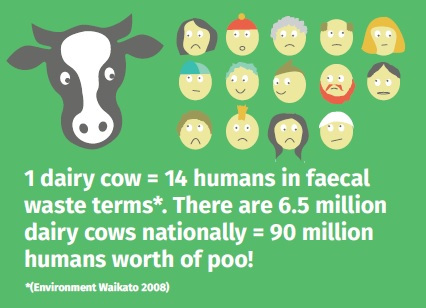 I respect Kiwi farmers and growers and the wealth they generate for the nation, but let’s face it, most of you could do a lot better as can we, the urban majority. If we want NZ water to run clear again it’s a community job and we all have to be prepared to contribute. Do as I say and not as I do is not going to benefit anyone, and neither will shouting matches apportioning blame. The time has come to put egos and anger aside and get on with doing the right thing.
I respect Kiwi farmers and growers and the wealth they generate for the nation, but let’s face it, most of you could do a lot better as can we, the urban majority. If we want NZ water to run clear again it’s a community job and we all have to be prepared to contribute. Do as I say and not as I do is not going to benefit anyone, and neither will shouting matches apportioning blame. The time has come to put egos and anger aside and get on with doing the right thing.




